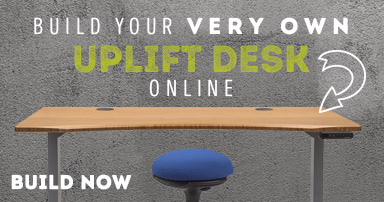How the Goldtouch Keyboard Approaches Ergonomic Design
Posted by Human Solution on Jan 5th 2011
In looking at ergonomic keyboards, there are two general design principles to keep in mind:
The first is that our arms come in at an angle to reach the keyboard, meaning that the traditional straight-on orientation of the keys does not make much sense. To reach the keys, some amount of wrist twisting is necessary, and this is where repetitive stress can become a problem. Ergonomic keyboards address this issue by splaying their keys, so that each hand can contact its half of the keyboard at a neutral angle.
The second principle is that our forearms are not naturally twisted so that our hands lie flat. So to contact a normal keyboard, some pronation (twisting the forearms inward) must occur. This can cause problems from the forearm muscles up to the neck if things get severe, so again, ergonomic keyboards frequently tent upward in the middle.
I give these brief descriptions to lead into the fact that the way in which different ergonomic keyboards address these problems is different from one another, and one of our favorites here is the Goldtouch series of ergonomic keyboards.
With Goldtouch split keyboards, all adjustment is done by a locking ball joint at the top of the keyboard. Unlike a fixed ergonomic keyboard, such as the Microsoft natural, this lets users adjust the keyboard in many different positions to suit their own personal preferences. It also has the advantage of needing no additional accessories to tilt it. With the additional features of low-force keys, which reduce stress on the fingers and hand muscles, the Goldtouch is one of our most popular keyboards, as well as one of our highest recommendations.




